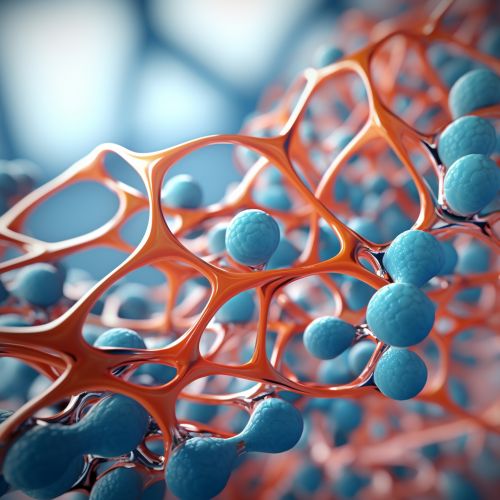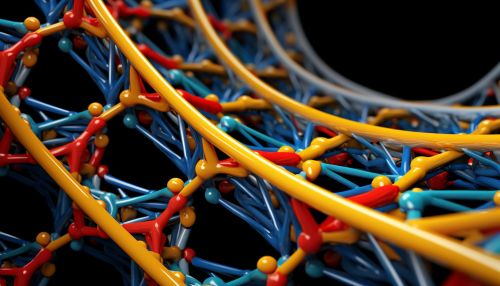Mutations in Amino Acids 821 and 826 of RB1 Protein
Introduction
The RB1 protein is a crucial component in the regulation of cell cycle progression. Mutations in this protein can lead to uncontrolled cell growth and proliferation, a hallmark of cancer. This article will focus on the specific mutations at amino acids 821 and 826 of the RB1 protein, their implications, and the current research surrounding these mutations.


The RB1 Protein
The RB1 protein, also known as Retinoblastoma protein, is a tumor suppressor protein that plays a vital role in controlling cell cycle progression. It is encoded by the RB1 gene, which is located on chromosome 13. The protein consists of 928 amino acids and has a molecular weight of approximately 105 kDa.
The primary function of the RB1 protein is to prevent excessive cell growth by inhibiting cell cycle progression until a cell is ready to divide. It does this by binding to and inhibiting the activity of the E2F family of transcription factors, which are necessary for the transition from the G1 phase to the S phase of the cell cycle.
Mutations in the RB1 Protein
Mutations in the RB1 protein can lead to loss of its function, resulting in uncontrolled cell growth and proliferation. These mutations can occur in various forms, including point mutations, deletions, and insertions. They can affect any part of the protein, but some regions are more commonly affected than others.
Amino Acids 821 and 826
Amino acids 821 and 826 of the RB1 protein are located in the C-terminal region of the protein. This region is crucial for the protein's interaction with other proteins, including E2F transcription factors.
Mutations at these positions can disrupt the protein's ability to bind to E2F, leading to uncontrolled cell cycle progression and potentially contributing to the development of cancer.
Implications of Mutations at Amino Acids 821 and 826
The mutations at amino acids 821 and 826 can have significant implications for the function of the RB1 protein and the development of cancer. These mutations can disrupt the protein's ability to bind to E2F, leading to uncontrolled cell cycle progression and potentially contributing to the development of cancer.
Furthermore, these mutations can also affect the protein's stability and its ability to interact with other proteins. This can lead to further disruptions in cell cycle regulation and contribute to the development of other diseases.
Current Research
Current research is focused on understanding the specific effects of these mutations on the function of the RB1 protein and the development of cancer. Researchers are also investigating potential therapeutic strategies to target these mutations and restore the normal function of the RB1 protein.
